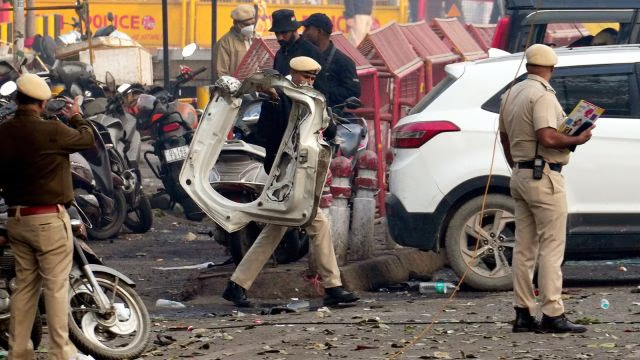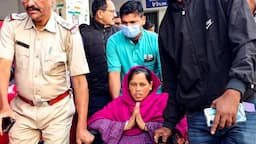In order to ensure the loss protection of farmers due to crops failure against natural disasters, the Pradhan Mantri Fasal Bima Yojana (PMFBY) was launched in 2016 and completing nine years this year.
Important attributes
1. Eligibility All farmers growing the notified crops in the notified areas including tenant farmers and sharecroppers are eligible for coverage. 55% of all coverage under PMFBY is of non-loanee farmers and participation by farmers is totally voluntary.

2. Coverage The PMFBY provides cover against natural disasters like landslides, hailstorms, cyclones, floods, droughts, and untoward rains.
a) Diseases and Pests: Plant diseases and pest infestations.
b) Post harvest losses. Mostly applies to crops kept in "cut and spread" conditions and covers losses which occur within 14 days of harvest.
c) Sowing prevented by unfavourable weather conditions will entitle farmers to indemnity claims up to 25% of the total insured.
3. Cost effective premiums: They are available at the rate of 2 per cent for Kharif crops, 1. 5 per cent for Rabi crops and 5 per cent for annual commercial or horticultural crops. For farmers in Jammu & Kashmir, Himachal Pradesh and the Northeastern States, the Government pays the full premium.
4. Developments in Technology:
a) Satellite and drone imagery: for estimating crop areas, settling yield disputes and assessing crop losses
b) CCEs (crop cutting experiments): To ensure transparency in loss assessment, the CCE-Agri App makes it easier to upload crop yield data directly to the National Crop Insurance Portal (NCIP).
Also Read: PM-AASHA scheme has been extended for the year 2025-26. Is this beneficial?

The government needs to ensure that the insurers are performing their obligations effectively and not simply collecting reinsurance commissions through government-subsidized programs. Some form of monitoring is needed to ensure that claims are processed promptly and fairly.
Promoting FPOs and community-based insurance models would reduce transaction costs, cover small and marginal farmers, and provide a legal framework for dispute resolution. To address low penetration, the private sector, banks, and insurers can use business correspondents (BCs) and agents to spread information about PMFBY.
Insurers should be made to cover risks like damage caused by wild animals. Farmers do not cultivate pulses in areas where elephants and Nilgai are dangerous.














